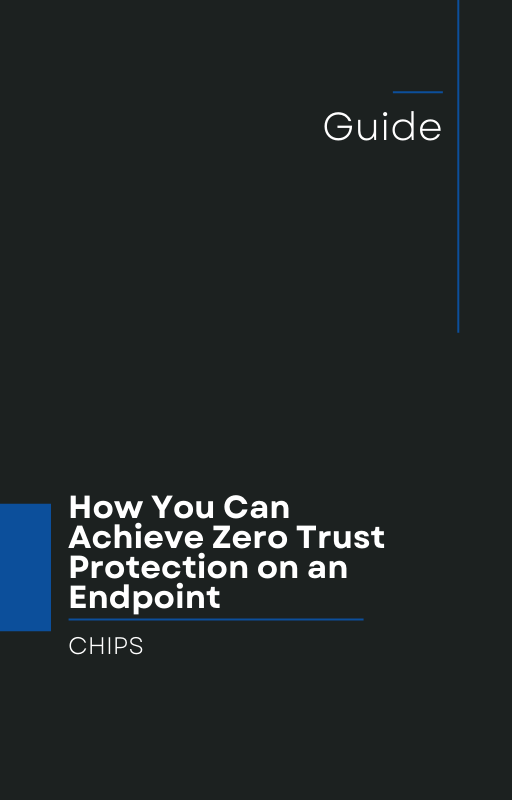Embargo Ransomware: A Wake-Up Call for Business Cybersecurity
A new and highly sophisticated ransomware-as-a-service (RaaS) group known as Embargo has quietly amassed approximately $34.2 million in cryptocurrency extortions since its emergence in April 2024, according to blockchain intelligence firm TRM Labs.
What We Know About Embargo
-
Targeted sectors: Healthcare, business services, and manufacturing organizations—industries with high operational sensitivity and low tolerance for downtime. Notable victims include American Associated Pharmacies, Memorial Hospital and Manor in Georgia, and Weiser Memorial Hospital in Idaho.
-
High ransom demands: Demands have reached up to $1.3 million per attack, amplifying pressure on victim organizations.
-
Technical sophistication: Embargo is suspected to be a rebranded successor of the notorious BlackCat (ALPHV) group, sharing several technical traits—use of the Rust programming language, similar data leak site design, and shared wallet infrastructure.
-
Money laundering methods: Embargo routes ransom payments through intermediary wallets, high-risk exchanges, mixing services, sanctioned platforms like Cryptex.net, and leaves $18.8 million dormant in unattributed wallets—likely to evade tracking or hide until conditions are favorable.
-
Double extortion tactics: The group encrypts data and simultaneously threatens to leak or sell sensitive information via its public leak site—a highly coercive tactic.
What This Means for Businesses
The rise of Embargo paints a stark picture—companies are being hit harder, faster, and more intelligently. Relying on conventional "Detect and Respond" solutions is no longer enough:
-
By the time an attack is detected, critical systems may already be compromised or encryption already executed.
-
The double extortion method compounds both financial and reputational damage.
-
Dormant funds and sophisticated laundering further delay detection and retaliation.
A paradigm shift is needed—from chasing attackers after infiltration to preventing them from inflicting damage in the first place.
From Detect & Respond → Isolation & Containment
This is where AppGuard comes in. With a proven 10-year track record, AppGuard’s endpoint security model emphasizes isolation and containment:
-
Contain threats at the edge: By isolating suspicious activity before it spreads, AppGuard neutralizes threats in real time.
-
Prevents execution of unauthorized code, regardless of delivery method—whether via phishing, drive-by, or exploit.
-
Minimal reliance on detection: Instead of chasing behavior patterns, AppGuard blocks malicious actions outright.
-
Enhanced resilience: Especially vital for sectors like healthcare and manufacturing, where uptime preservation is mission-critical.
Embedding an isolation-first posture means stopping ransomware like Embargo before it can gain traction—not trying to undo the damage afterward.
Final Thoughts & Call to Action
Embargo’s $34 million spree is more than a headline—it’s a warning. As cyber threats grow in complexity and audacity, the window to act before damage occurs gets narrower.
If you're a business owner who cares about preventing—not just responding to—cyber incidents, it's time to partner with us at CHIPS. Let’s talk about how AppGuard can help you transition from reactive defenses to proactive isolation and containment.
Move beyond Detect & Respond. Contact CHIPS today and safeguard your business with AppGuard.
Like this article? Please share it with others!

September 12, 2025

Comments